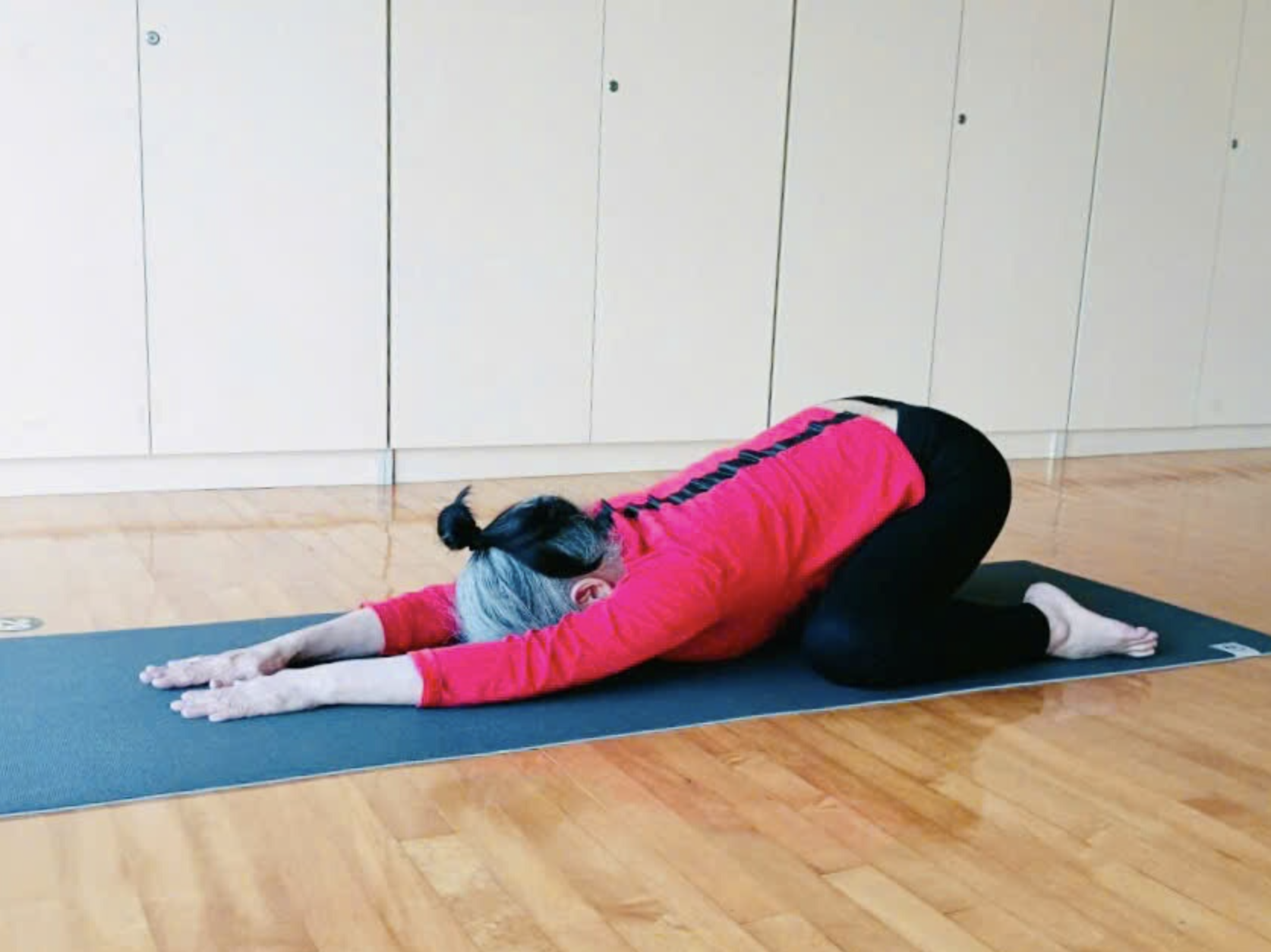 |
The child's pose in yoga can naturally lower blood pressure by promoting blood circulation. It also soothes the body and reduces stress, a known contributor to high blood pressure.
How to: Begin by kneeling on a mat with your big toes touching. Widen your knees and lower your torso between your thighs. Rest your forehead on the floor and extend your arms forward or alongside your body. Focus on slow, deep breaths to deepen relaxation.
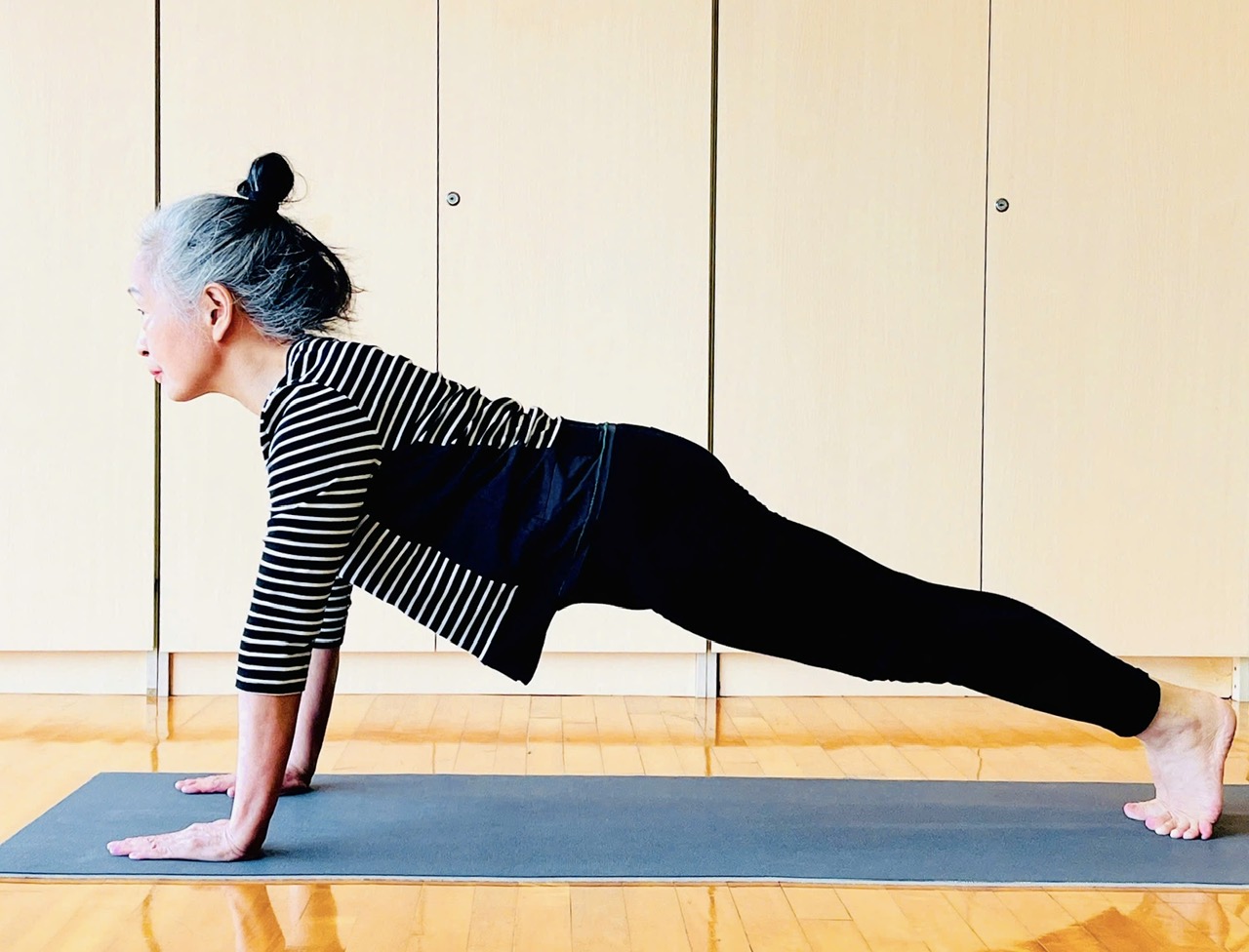 |
The plank is an isometric exercise, meaning it involves muscle contraction without movement around the joints. Holding the pose causes muscles to contract without changing length. The subsequent muscle relaxation stimulates blood vessel dilation, which lowers blood pressure. Repeating this process can potentially reduce chronic high blood pressure.
How to: Start in a push-up position with your hands directly beneath your shoulders. Lift onto your toes while keeping your back straight, core engaged, and gaze towards your wrists. Avoid letting your hips sag, breathe steadily, and hold for 20-30 seconds.
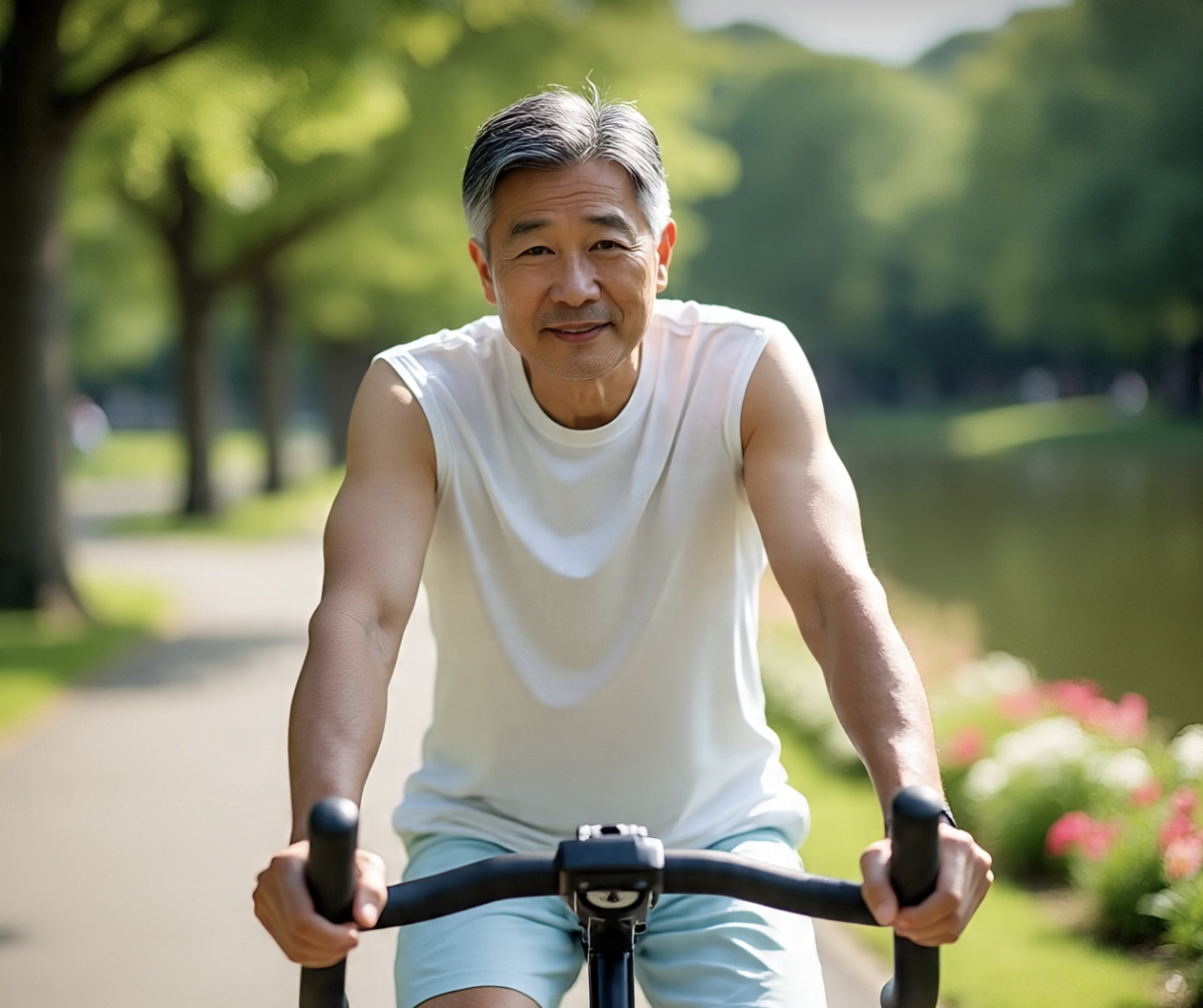 |
Cycling engages major muscle groups, thus improving blood circulation to the heart.
How to: The American Heart Association recommends 150 minutes of moderate-intensity aerobic exercise, such as cycling, per week.
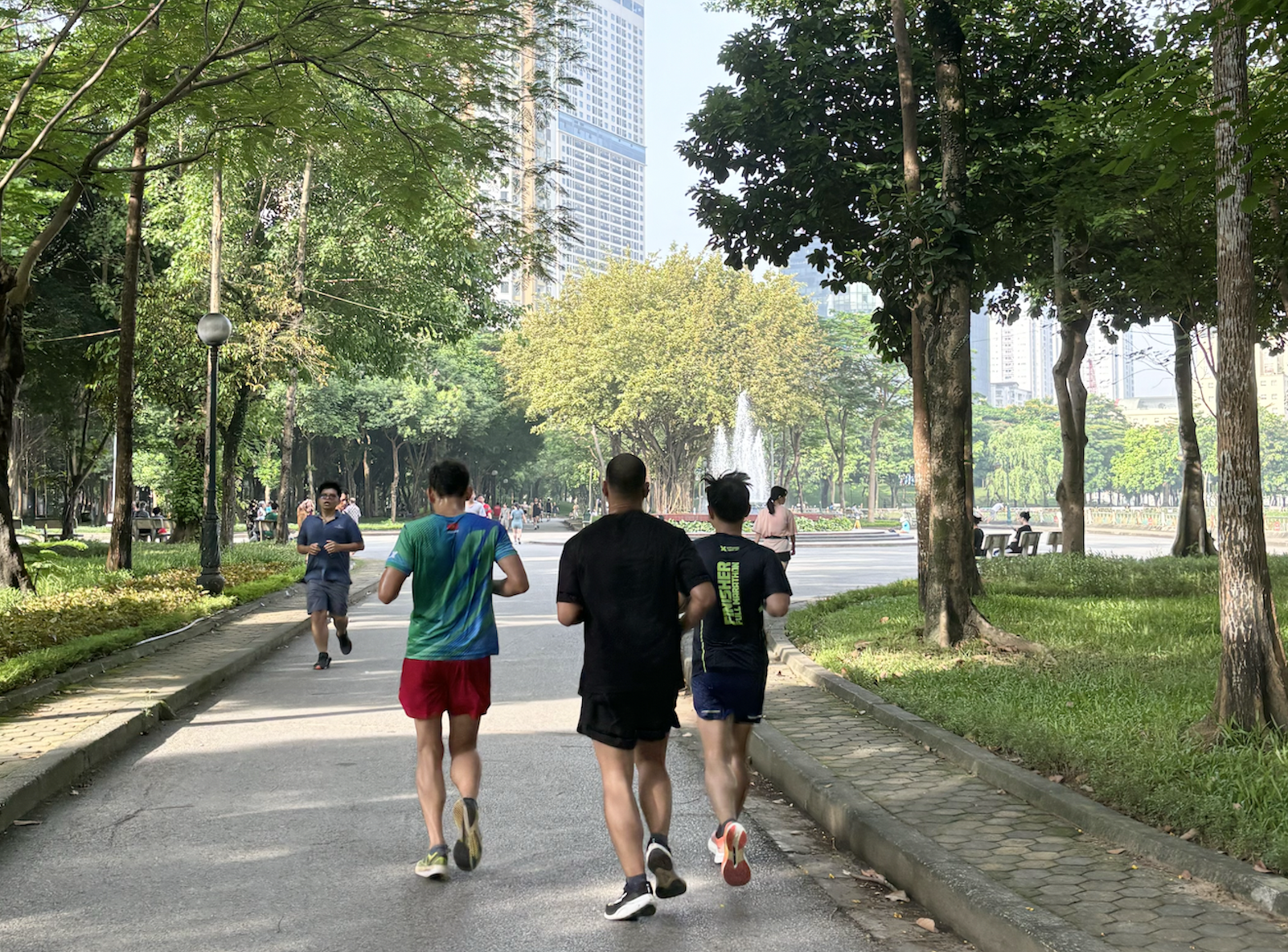 |
Light jogging can lower blood pressure by strengthening the heart, improving its pumping efficiency, and reducing pressure on the arteries.
How to: Jog lightly for 10-30 minutes daily.
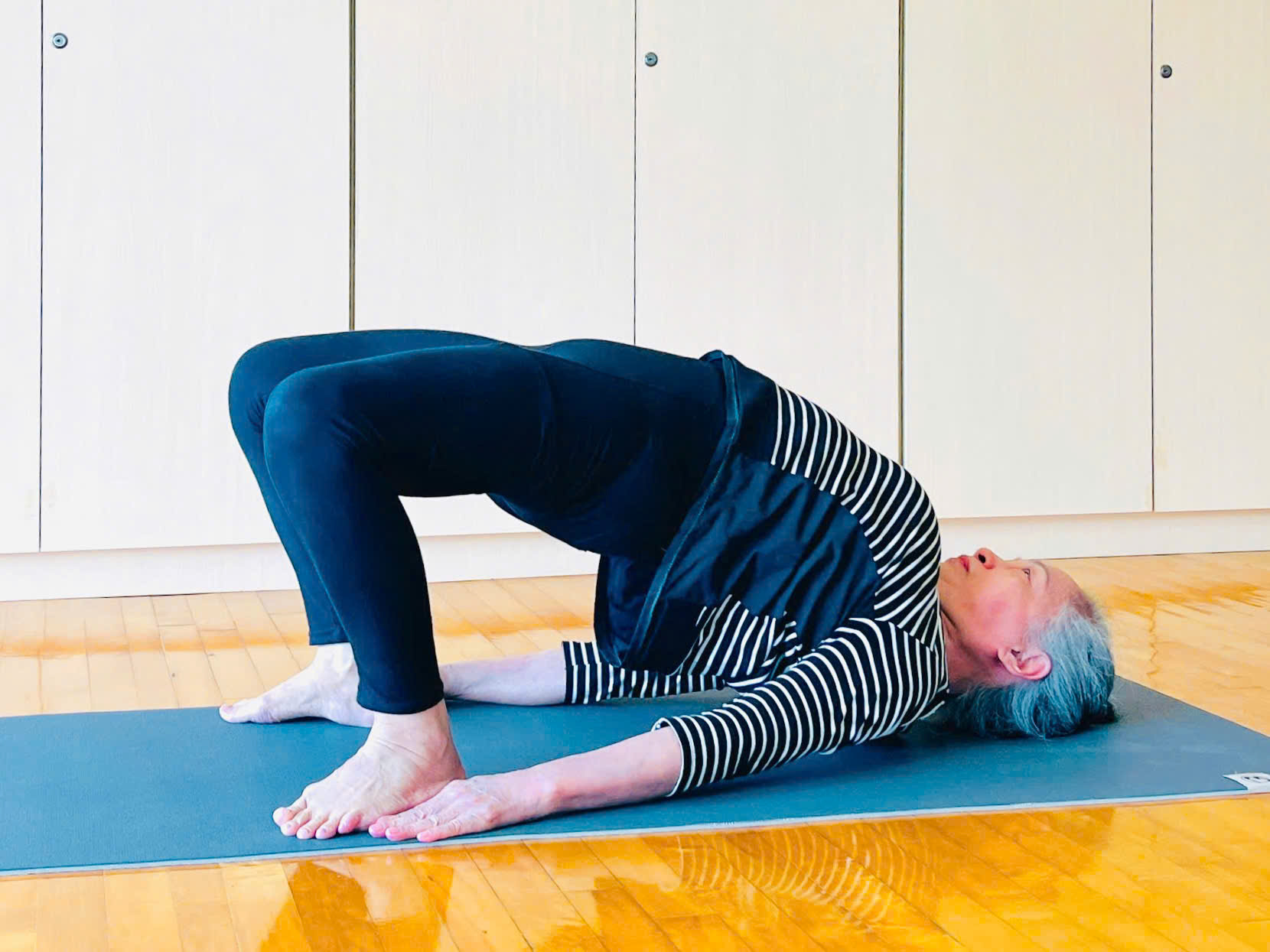 |
The bridge pose opens the chest and stretches the spine and neck, which improves circulation and reduces stress.
How to: Lie on your back with knees bent and arms at your sides. Inhale and slowly lift your hips off the floor, creating a straight line from knees to shoulders.
Bao Bao (According to Healthline, Medical News Today, Times of India)
Photos: Bao Bao, Quynh Dung, AI












